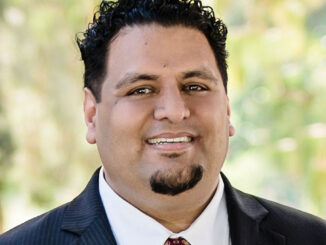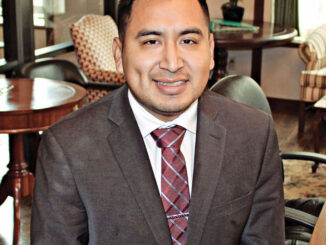
BY ANNE STOKES
For the first time, Census recognizes LGBTQ community
Katalina Zambrano first started identifying as transgender in the seventh grade. Back in the 1990s, there were no support services in her community for her or her family. For all intents and purposes in that time and place, LGBTQ rights did not exist.
“I think if I didn’t have the support from my family, I wouldn’t have made it,” she says. “But my family didn’t know where to turn because there was no PFLAG [Parents, Families, and Friends of Lesbians and Gays], there was no trans support groups.
“It was stressful for me, it was stressful for my family … there were no support groups at all for all my young adult life.”
Despite the intense harassment from students, faculty and staff throughout high school, Zambrano graduated with her chosen name on her diploma. Unfortunately, the hostility and discrimination didn’t end. She struggled to find employment, experienced harassment from law enforcement and faced discrimination from doctors and therapists.
Today, Zambrano has become the change she wished to see in her community. She serves as gender spectrum coordinator with Central Valley Pride Center. She’s worked with several LGBTQ advocacy groups counseling youth going through the same struggles she endured and has helped develop diversity training for local schools and businesses.
While things have gotten better for Zambrano, LGBTQ communities still lack support and services.
“The resources aren’t given to Merced Health, the Office of Education, Merced County mental health … because there is no one counting these people,” she says. “On top of that, I feel like a lot of them stay in the closet because there are no resources for them and there’s nobody advocating for this community.”
This year, however, the Census is recognizing same-sex households for the first time in its 230-year history. Counting LGBTQ communities provides comprehensive documentation that enables schools, government agencies and more to provide resources community members need.
“We matter and we should be counted. If we don’t show that we are here and there are many of us, how do we expect anything to change?” she says. “We have to stand up, we have to let people know that there are a lot of us and we need resources … it’s a scary time, but it’d be scarier for it to pass us by and continuing to be this way.”




